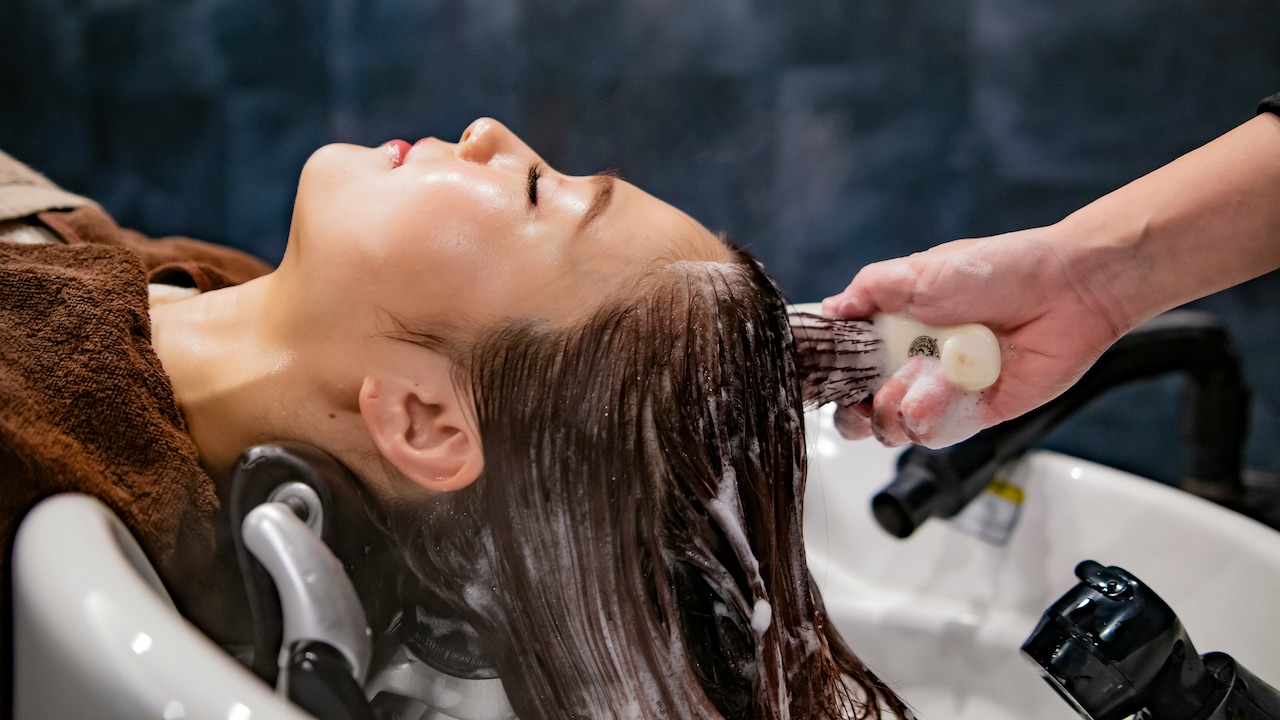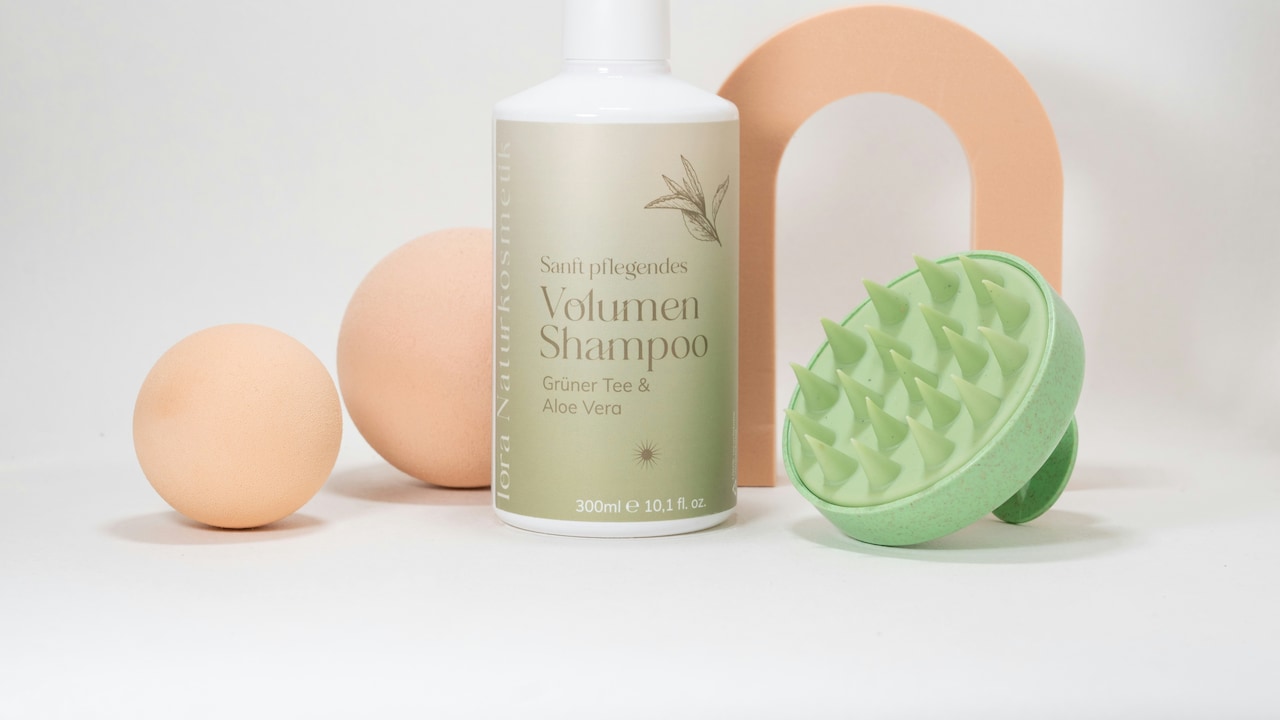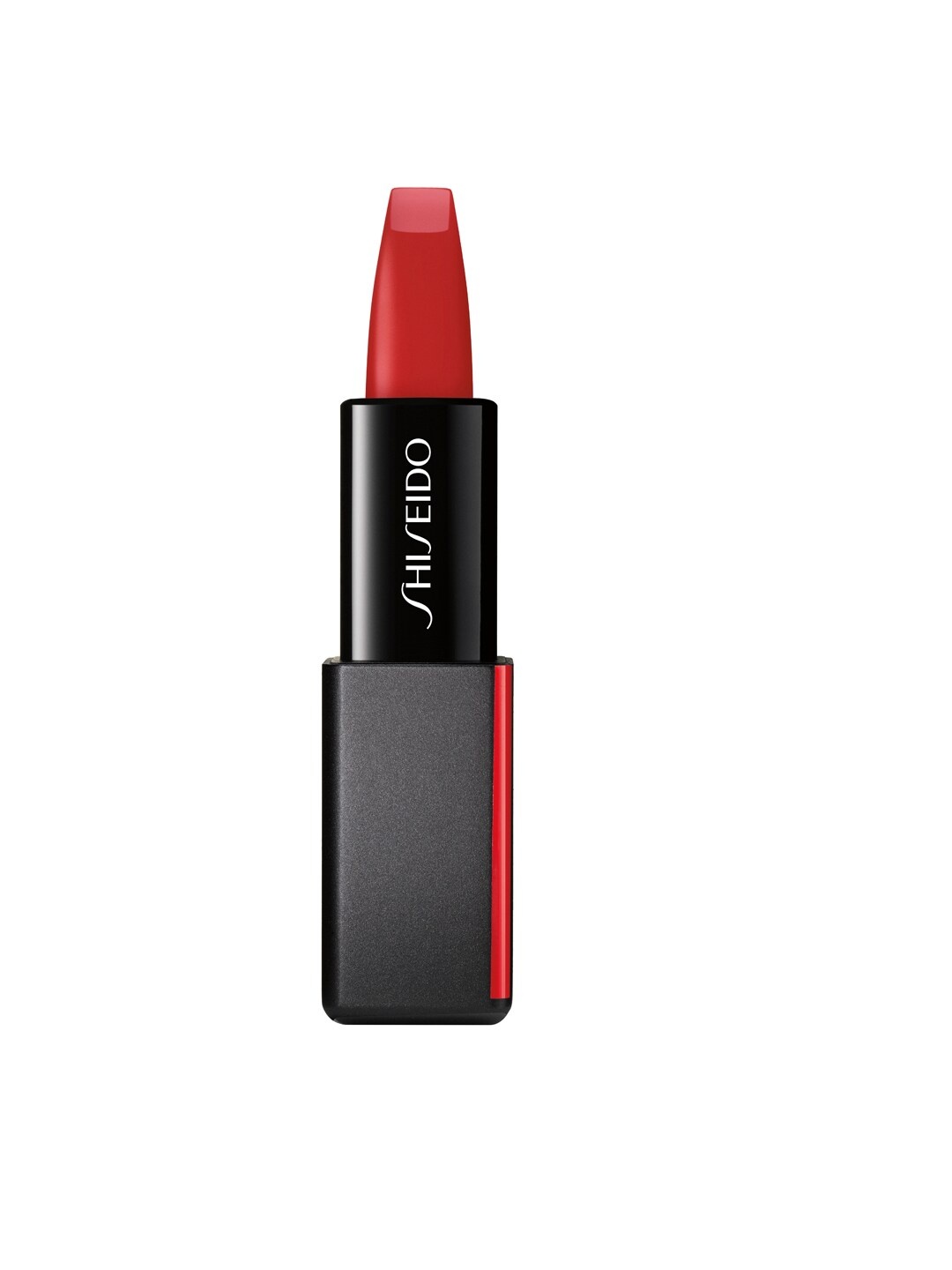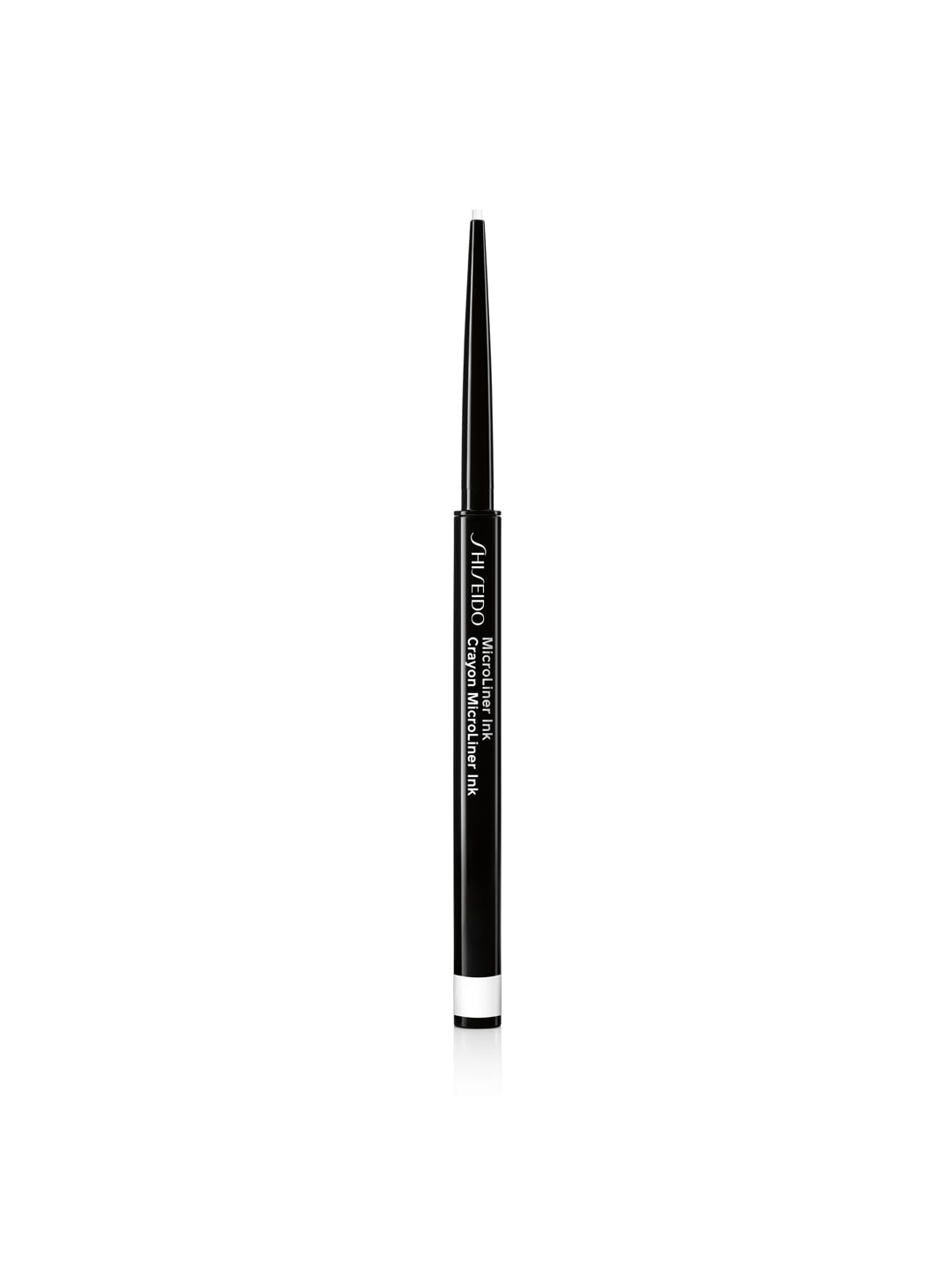How To Fix Frizzy Hair During Winters: Check These Top Underrated Ways Out
Winter brings shawls, steaming chai and cosy afternoons, but it also brings an uninvited guest: frizzy hair. This is a refreshing, relatable take on taming that seasonal frizz, without breaking the bank or losing your patience.

How to Fix Frizzy Hair in Winter: Simple Tips That Actually Work.
Cold months arrive with cracked heels, chapped lips, and hair that behaves like it has a mind of its own. Every morning turns into a small tug-of-war with static, dryness, and unexplainable puffiness. The weather robs moisture from hair faster than gossip spreads on a neighbourhood WhatsApp group. Many rely on heavy products or salon rituals that cost enough to make wallets sigh. Yet the real solutions often sit right at home, simple and soothing.
Winter frizz doesn't need complicated science. It needs nourishment, consistent care, and small habits that create a big difference. Here is a friendly, practical guide that walks through underrated techniques, those humble, often-ignored tricks that leave hair smoother, calmer, and far easier to manage. So, here is how to fix frizzy hair during winters - the top underrated ways.

Best Ways to Fix Frizzy Hair in Winter: Simple Tips That Actually Work; Photo Credit: Pexels
Everyday Habits That Quietly Transform Winter Hair
1. Start with Warm Oil, Not Hot Oil
Winter evenings almost demand a comforting champi. Many heat oil till it reaches ‘tadka' levels, thinking it helps absorption. Instead, warm oil works best. A gentle warmth relaxes the scalp without stressing hair strands. Overheated oil strips moisture, encourages dryness and worsens frizz.
Coconut oil works beautifully in coastal regions, while almond oil suits those battling harsh winter winds. Even a small blend, like coconut with a drop of castor, gives hair a soft, glossy feel. A quick massage improves blood flow, supports root strength and builds natural shine.
Try oiling at night and shampooing in the morning. Wrap the hair in a soft cotton cloth for better absorption. This routine keeps hair supple through winter, reducing breakage and taming roughness. Affordable, comforting and rooted in age-old tradition, warm oiling remains one of the most underrated winter hair fixes.
2. Use a Gentle, Low-Suds Shampoo
Winter hair responds best to minimal fuss. Glossy bottles often promise miracles, yet harsh shampoos leave the scalp dry and the strands thirsty. A low-suds formula cleans without stripping away natural oils. Look for mild, moisturising shampoos enriched with aloe, shea or oat extracts.
Those dealing with city pollution may feel tempted to shampoo often, but overwashing triggers dryness and frizz. Twice a week usually suffices, unless sweat or dust makes washing unavoidable. Rinse with lukewarm water, never hot, as high temperatures lift the cuticle layer, making frizz worse.
Many households rely on traditional shampoo alternatives like shikakai or reetha. These work well when prepared correctly and used sparingly. Whether modern or traditional, gentle cleansing protects the hair's natural barrier. A simple switch in shampoo habits makes a noticeable difference within weeks.
Also Read: Monsoon-Proof Hair: Top 10 Anti-Frizz Shampoos And Tips For Indian Weather
3. Condition Like It's a Ritual, Not an Afterthought
Conditioner gets squeezed onto palms like a reluctant chore. Yet winter demands deeper nourishment. A good moisturising conditioner restores smoothness and closes lifted cuticles, which helps hair look calm even on windy days.
Apply conditioner from mid-length to ends, never the scalp. Leave it on for a couple of minutes, and let the steam from the bathroom help absorption. A wide-toothed comb distributes it evenly and prevents tangles. Those with extra-dry hair can try the ‘conditioner sandwich' method, conditioner before shampoo and once after. It sounds indulgent, but it works wonders.
Budget-friendly conditioners enriched with banana, milk protein or avocado offer creamy hydration without costing more than an evening snack worth ₹100. Done consistently, conditioning becomes one of winter's most reliable frizz-fighters.
4. Microfibre Towels Make a Bigger Difference Than Expected
A regular bath towel tugs at hair cuticles, creating friction that inflates frizz. A microfibre towel or even an old soft cotton T-shirt absorbs water gently. This tiny switch reduces breakage, prevents tangling and helps hair retain moisture.
Hair is most vulnerable when wet. Rough rubbing exaggerates the puffiness many notice after drying. Instead, pat and squeeze lightly. Wrap the hair loosely for ten minutes and allow it to air dry. Many people notice smoother hair after just a couple of uses of a gentler towel.
A budget microfibre towel costs far less than salon treatments and lasts for years. This simple change often turns into a lifelong habit, quiet, effective and surprisingly underrated.

Best Ways to Fix Frizzy Hair in Winter: Simple Tips That Actually Work; Photo Credit: Pexels
5. Switch to a Leave-In Conditioner During Peak Cold
Leave-in conditioners act like comfort blankets for hair. They offer round-the-clock protection, locking in moisture and shielding strands from dry air. Use a small amount on damp hair, focusing on the ends. It adds smoothness without weighing the hair down.
For many, winter mornings mean rushing through routines. Leave-ins save time while adding an elegant polish. They work especially well on curly, wavy and thick hair types that struggle with unruly frizz. Choose lightweight formulas if the hair is fine, and creamier ones for thicker curls.
A ₹300–₹500 bottle usually lasts more than a month, making it a practical and effective winter investment. Consistent use keeps hair looking tidy, hydrated and effortlessly manageable.
6. Bring Back Steam, A Traditional Method Worth Trusting
A humble bucket of hot water often doubles as a steam source during winter. Steam opens hair cuticles, helping oils and conditioners penetrate deeply. A five-minute steam session before washing nourishes both scalp and strands.
Use a warm, damp towel wrapped around the head or simply stand near a bucket of hot water with a cloth draped over it. Steam helps detangle stubborn knots and leaves hair softer. Many salons charge extra for this treatment, yet the home version works just as well for free.
Regular steaming, once a week, strengthens hair's moisture balance and reduces winter frizz dramatically. It feels relaxing and gives hair that spa-fresh softness without stepping outside.
7. Protect Hair from Winter Clothing Friction
Woollen scarves, hoodies and shawls create static, friction and frizz. Hair rubs against fabric, causing tiny fibres to cling and lift strands. A simple fix involves tying hair loosely before stepping out, nothing too tight that strains the roots.
A silk or satin scarf under woollen layers prevents friction. Many use silk pillowcases at night, so extending that logic works for daily wear too. Another easy trick is to use a bit of serum on the ends before stepping outside. It reduces static and adds a protective layer.
These habits may appear small, yet they help hair stay smoother throughout the day. No fancy products, just mindful protection.

Best Ways to Fix Frizzy Hair in Winter: Simple Tips That Actually Work; Photo Credit: Pexels
8. Hydrate from the Inside, Winter Water Intake Matters
Cold weather tricks people into drinking less water, which reflects on skin and hair. Dehydration makes hair brittle and prone to flyaways. A steady water intake keeps the scalp comfortable and supports natural shine.
A warm glass of water with lemon in the morning helps many stay consistent. Soups, herbal teas, and warm infused water keep hydration enjoyable during colder months. Alongside this, including nuts, seeds, and seasonal fruits supports hair health from within.
The change in hair texture becomes noticeable over time, with smoother ends, fewer tangles and a natural glow that no expensive product can mimic.
9. Choose Hair Masks that Pamper and Nourish
Weekend hair masks feel like a small ritual of self-care. Winter hair responds beautifully to masks made from banana, curd, honey or aloe gel. They soften hair, tame frizz, and breathe life into dull strands.
Those with busier routines can choose ready-made masks. Even budget-friendly ones priced around ₹250–₹400 offer deep moisture. Apply from mid-length to ends, leave for 15–20 minutes and rinse. A weekly mask transforms dry, puffed-up hair into something far smoother.
Masks also help control breakage, a common winter issue. Over time, they rebuild strength and improve hair's resilience. A little consistency delivers long-lasting results.
10. Reduce Heat Styling, Or Use Heat the Right Way
Winter temptations include blow-drying hair just to avoid chills. Excessive heat strips moisture and worsens frizz, especially in colder months. If styling feels necessary, use the lowest heat setting and always apply a heat-protectant spray.
Let hair dry naturally whenever possible. Even a half-air-dry, half-blow-dry method works well. Start by letting hair dry to about 70%, then finish with a cool or low setting. This minimises damage and helps retain shine.
Styling tools like straighteners and curlers should be used sparingly. A simple change in technique can preserve hair health, reduce frizz and make winter styling far more hair-friendly.
Products Related To This Article
1. ARGATIN Botox Damage Repair Sulfate Free Frizz Control Shampoo
2. COSMOQ Hydrating And Frizz Control Everyday Shampoo
3. Plum Avocado Nourish-Up Hair Mask For Frizz Control
4. MANETAIN Frizz Control Leave-!n Conditioner
5. Pilgrim Healthy & Shiny Hair Care Kit for Frizz Control
Winter frizz may feel inevitable, but hair behaves far better when given a blend of nourishment, protection and gentle care. Expensive products aren't the only answer; often, the most effective solutions lie in warm oils, thoughtful habits and age-old practices. A little consistency goes a long way.
Smooth, well-behaved winter hair isn't a luxury. It's simply the result of understanding what the season demands and giving hair the softness and attention it deserves. With these underrated yet powerful practices, winter days become a little less frizzy and a lot more confident.
(Disclaimer: This article may include references to or features of products and services made available through affiliate marketing campaigns. NDTV Convergence Limited (“NDTV”) strives to maintain editorial independence while participating in such campaigns. NDTV does not assume responsibility for the performance or claims of any featured products or services.)
























